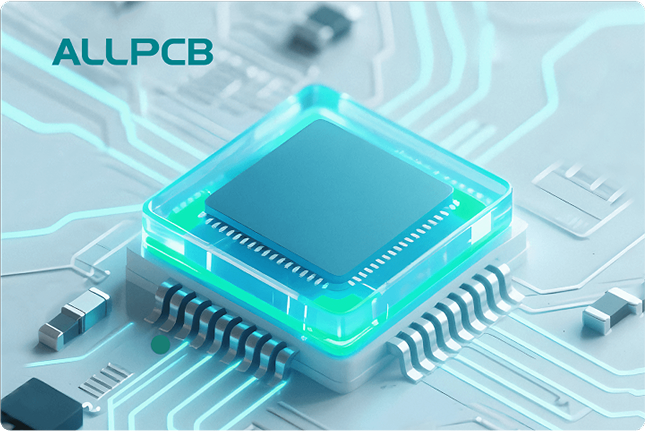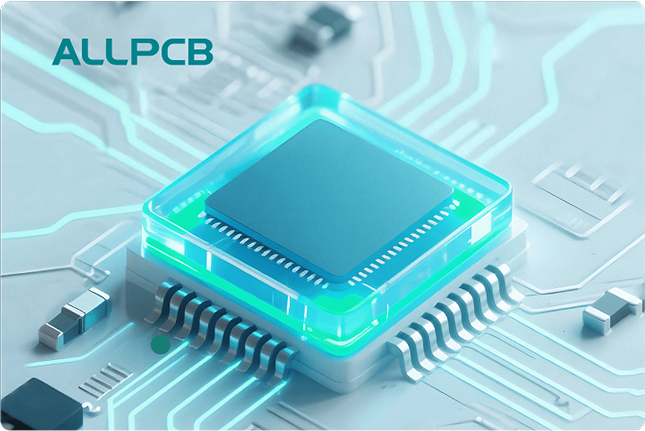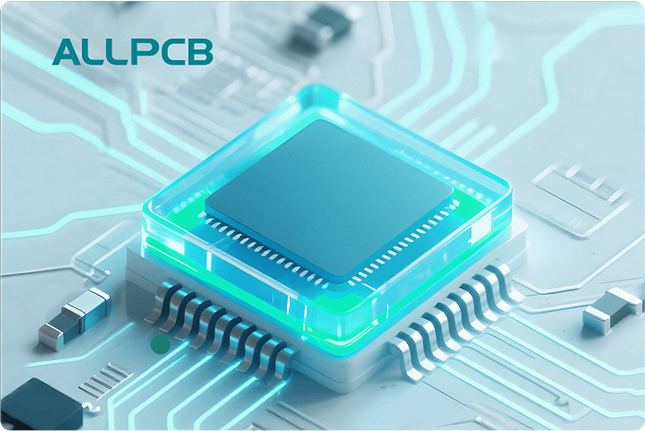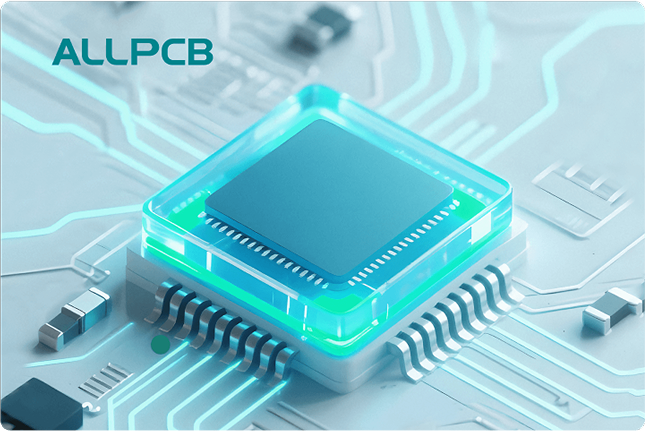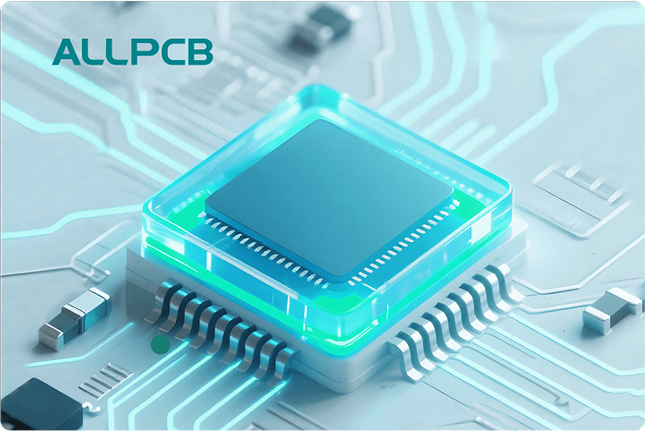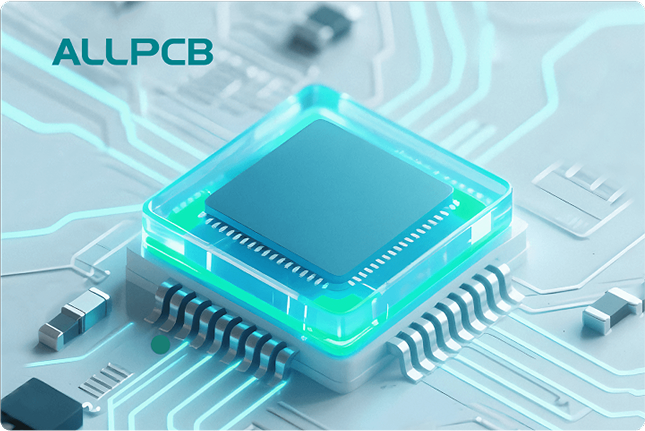When it comes to Surface Mount Technology (SMT) assembly, the choice of solder paste plays a critical role in ensuring high-quality results. One of the most important factors in this decision is the solder paste particle size. But how does particle size affect SMT assembly, and why does it matter for your project? Simply put, the particle size of solder paste—classified into types like Type 3 and Type 4—directly influences printability, joint reliability, and performance, especially for fine-pitch components. Smaller particle sizes, such as those in Type 4 solder paste, are often better suited for intricate designs, while larger sizes like Type 3 may work well for standard applications. In this blog, we’ll dive deep into the nuances of solder paste classification, particle size, and their impact on SMT assembly to help you make informed decisions for your next project.
What Is Solder Paste and Why Does Particle Size Matter?
Solder paste is a crucial material in SMT assembly, acting as the adhesive and conductive medium that bonds electronic components to a printed circuit board (PCB). It’s a mixture of tiny solder alloy particles and flux, which helps clean surfaces and improve the flow of solder during the reflow process. The particle size of the solder powder in the paste is a defining characteristic that affects how well it performs during printing and soldering.
Particle size, often categorized into classifications like Type 3 and Type 4 solder paste, determines how the paste behaves when applied through a stencil onto a PCB. Smaller particles can fit through finer stencil apertures, making them ideal for high-density, fine-pitch components. Larger particles, on the other hand, may be more suitable for broader applications but can cause issues like clogging or poor print definition in tight spaces. Understanding solder paste type and particle size is essential for achieving consistent, reliable results in SMT assembly.

Solder Paste Classification: Breaking Down the Types
Solder paste is classified based on the size of the solder particles, as defined by industry standards such as those from the Institute of Printed Circuits (IPC). These classifications range from Type 1 to Type 7, with each type corresponding to a specific range of particle diameters. The most commonly used types in SMT assembly are Type 3 and Type 4, and occasionally Type 5 for ultra-fine applications. Let’s explore these classifications in detail.
- Type 3 Solder Paste: This type contains particles ranging from 25 to 45 micrometers in diameter. It’s widely used for standard SMT applications where component spacing isn’t extremely tight. Type 3 paste works well with stencil apertures larger than 0.5 mm and is often chosen for its balance of cost and performance.
- Type 4 Solder Paste: With smaller particles ranging from 20 to 38 micrometers, Type 4 solder paste is designed for finer pitch components, typically with spacing below 0.5 mm. It offers better printability for smaller stencil openings, reducing the risk of defects like bridging or insufficient solder volume.
- Type 5 and Beyond: These types have even smaller particles (15 to 25 micrometers for Type 5) and are used for ultra-fine pitch components or advanced applications like semiconductor packaging. However, they are less common and more expensive due to the precision required in manufacturing.
The choice of solder paste type directly impacts the assembly process, from stencil design to reflow soldering outcomes. Selecting the right classification ensures that the paste can be applied evenly and forms strong, reliable joints.

How Solder Paste Particle Size Affects SMT Assembly
The particle size of solder paste influences several aspects of SMT assembly, including printability, reflow performance, and the overall quality of solder joints. Let’s break down these impacts to understand why selecting the right solder paste type is so important.
1. Printability and Stencil Performance
In SMT assembly, solder paste is applied to the PCB using a stencil with tiny openings (apertures) that correspond to the pads where components will be placed. The size of the solder particles must be small enough to pass through these apertures without clogging or leaving uneven deposits. For fine-pitch components with pad spacing as small as 0.4 mm or less, Type 4 solder paste is often necessary because its smaller particles can flow through narrower stencil openings more effectively than Type 3.
For example, if a stencil has apertures smaller than 0.3 mm, using Type 3 solder paste might result in incomplete paste transfer, leading to insufficient solder on the pads. This can cause weak joints or open connections after reflow. On the other hand, Type 4 paste, with its finer particles, ensures a smoother and more consistent deposit, even in tight spaces.
2. Solder Joint Reliability
The reliability of solder joints—the connections between components and the PCB—depends heavily on the uniformity and volume of solder applied. Smaller particle sizes in Type 4 solder paste allow for better control over the amount of solder deposited, which is critical for fine-pitch components where excess solder can cause bridging (short circuits between adjacent pads). Conversely, larger particles in Type 3 paste might lead to uneven melting and voids (air pockets) in the joint, reducing mechanical strength and electrical conductivity.
Studies have shown that using the appropriate solder paste particle size can reduce defect rates by up to 30% in high-density assemblies. For instance, in applications involving 0402 or smaller components, Type 4 paste has been proven to minimize issues like tombstoning, where components stand on end due to uneven solder melting.
3. Reflow Soldering Performance
During the reflow process, the solder paste melts and forms a liquid that wets the component leads and PCB pads, creating a solid joint upon cooling. The particle size affects how uniformly the paste melts and flows. Smaller particles in Type 4 solder paste have a larger surface area relative to their volume, which can lead to faster melting and better wetting, especially in confined spaces. However, this also means a higher risk of oxidation, so the flux in the paste must be carefully formulated to protect the solder during heating.
Larger particles, as found in Type 3 solder paste, melt more slowly and may not flow as smoothly into tiny gaps. This can be an advantage for larger components where a slower melt helps prevent component shifting, but it’s often a drawback for fine-pitch designs.

Choosing the Right Solder Paste for Fine-Pitch Components
Fine-pitch components, such as those with lead spacing below 0.5 mm, are increasingly common in modern electronics due to the demand for smaller, more powerful devices. These components require precise control over solder paste application to avoid defects like bridging, insufficient solder, or misalignment. Here’s why solder paste particle size is especially critical for these applications.
For fine-pitch designs, Type 4 solder paste is often the go-to choice. Its smaller particles allow for better stencil release and more accurate deposits on tiny pads. This precision helps ensure that each pad receives the correct amount of solder—typically around 0.1 to 0.2 cubic millimeters per pad for 0201 components—reducing the likelihood of defects. In contrast, using Type 3 paste for such small components can result in inconsistent deposits, as the larger particles struggle to pass through fine stencil apertures (often below 0.25 mm in width).
Additionally, fine-pitch components are more sensitive to thermal and mechanical stresses during reflow. The uniform melting behavior of smaller particles in Type 4 paste helps minimize these stresses, leading to stronger, more reliable joints. For projects involving high-density interconnects or advanced packaging, some manufacturers even opt for Type 5 solder paste, though it comes at a higher cost.
Balancing Cost and Performance in Solder Paste Selection
While smaller particle sizes like those in Type 4 solder paste offer clear advantages for fine-pitch components and high-precision assembly, they also come with trade-offs. Smaller particles require more complex manufacturing processes, making Type 4 and Type 5 pastes more expensive than Type 3. Additionally, finer pastes can be more susceptible to issues like slump (spreading after printing) if the formulation isn’t optimized, and they may require stricter storage conditions to prevent degradation.
For projects that don’t involve fine-pitch components or high-density layouts, Type 3 solder paste often provides a cost-effective solution without compromising quality. It’s easier to handle, less prone to oxidation due to its larger particle size, and suitable for stencil apertures above 0.5 mm. By carefully evaluating the requirements of your PCB design—such as component size, pad spacing, and assembly complexity—you can strike the right balance between cost and performance.
Practical Tips for Optimizing Solder Paste Use in SMT Assembly
Selecting the right solder paste type is just the first step. To maximize the benefits of your chosen paste and ensure a smooth SMT assembly process, consider the following practical tips:
- Match Stencil Design to Paste Type: Ensure that your stencil aperture size is compatible with the solder paste particle size. As a general rule, the aperture width should be at least five times larger than the largest particle in the paste. For Type 4 paste, this means apertures should ideally be 0.2 mm or larger.
- Control Environmental Conditions: Solder paste is sensitive to temperature and humidity. Store it in a refrigerated environment (typically 2-10°C) and allow it to reach room temperature before use to prevent condensation, which can affect printability.
- Optimize Printing Parameters: Adjust the speed and pressure of the squeegee during printing to match the viscosity of your solder paste. Finer pastes like Type 4 may require slower speeds to achieve uniform deposits.
- Inspect Paste Deposits: Use a solder paste inspection (SPI) system to verify the volume and shape of paste deposits before component placement. This is especially important for fine-pitch components, where even small variations can lead to defects.
- Choose the Right Flux Chemistry: The flux in solder paste affects how well the solder wets the surfaces and cleans oxides. For high-density assemblies, consider a no-clean or water-soluble flux that works well with smaller particle sizes.
Conclusion: Making Informed Choices for SMT Success
The impact of solder paste particle size on SMT assembly cannot be overstated. From printability and reflow performance to solder joint reliability, the choice of solder paste type—whether Type 3, Type 4, or beyond—plays a pivotal role in the success of your project. For fine-pitch components and high-density designs, smaller particle sizes like those in Type 4 solder paste offer superior precision and fewer defects. For standard applications, Type 3 paste provides a cost-effective and reliable option.
By understanding solder paste classification and its effects on the assembly process, you can make informed decisions that align with your design requirements and budget. Whether you’re working on a compact consumer device or a robust industrial system, selecting the right solder paste particle size ensures consistent, high-quality results. At ALLPCB, we’re committed to supporting your SMT assembly needs with expert guidance and top-tier manufacturing solutions. Let’s build the future of electronics, one precise solder joint at a time.
 ALLPCB
ALLPCB


